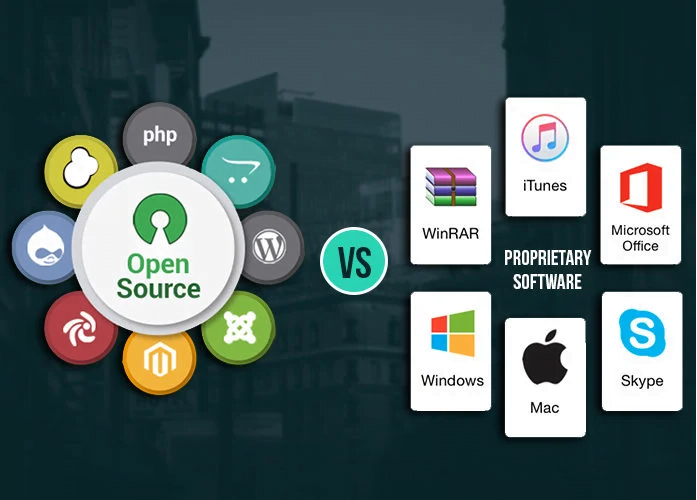Open source vs. closed source software
 Brian Maingi
Brian Maingi
Almost every piece of computer software is created using source code, which is the technical blueprint that tells a program how to function. When creators release their finished product to the public, they must decide whether to make its code open source or closed source.
What is open source and closed source?
With closed source software (also known as proprietary software), the public is not given access to the source code, so they can’t see or modify it in any way.
But with open source software, the source code is publicly available to anyone who wants it, and programmers can read or change that code if they desire. Keep in mind that you don’t have to read or modify any code in order to use an open source product.
Which type is more common?
The vast majority of apps, games, and other popular software is closed source. However, there are open source options for many types of programs. If you want an open source alternative to Microsoft Office, you could use LibreOffice. Instead of using Windows, you could try an open source Linux operating system. Other common open source examples include the Firefox web browser and WordPress blogging platform.
What are the pros and cons?
One of open source’s biggest advantages is that it’s usually free, although some features and technical support may cost extra. Also, because the code is available to anyone who wants it, public collaboration can fix bugs, add features, and improve performance within a relatively short amount of time.
However, open source software isn’t perfect. It may not be as user friendly as closed source software, and if you run into trouble it may be difficult to find technical support, especially for less popular programs.
Closed source software is more likely to be a stable, focused product, and if you need support customer service is typically easier to access. However, closed source software often costs money, and if it has any bugs or missing features you’ll have to wait on the creator to address the problems.
Now that you understand the difference between open and closed source software, you can take advantage of the type that best meets your needs.
Subscribe to my newsletter
Read articles from Brian Maingi directly inside your inbox. Subscribe to the newsletter, and don't miss out.
Written by
